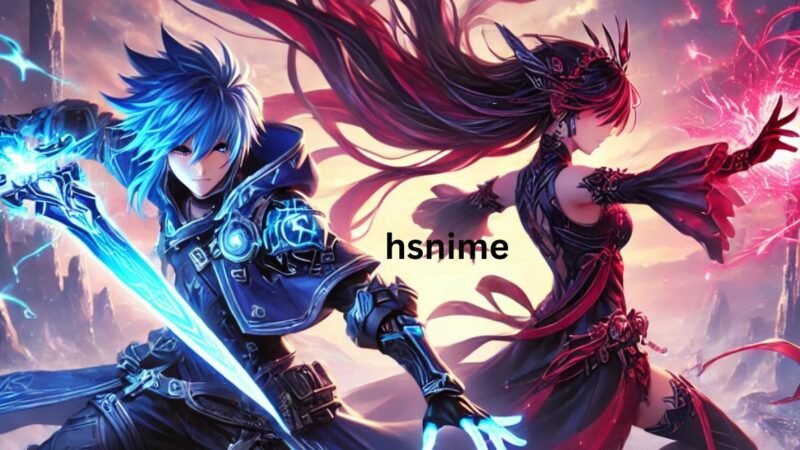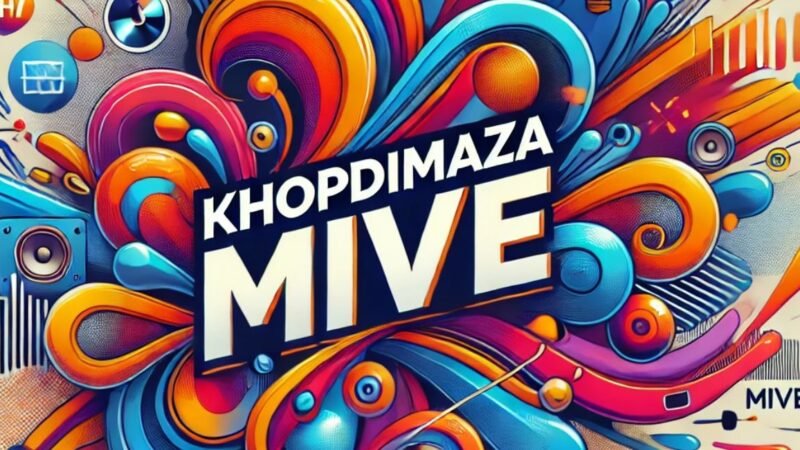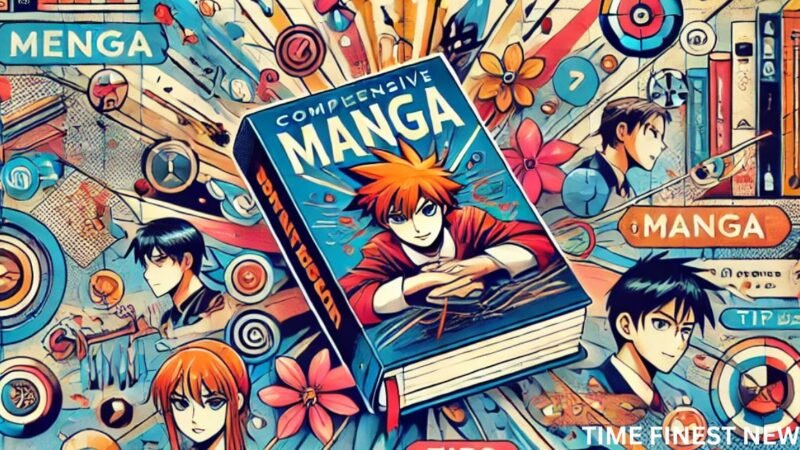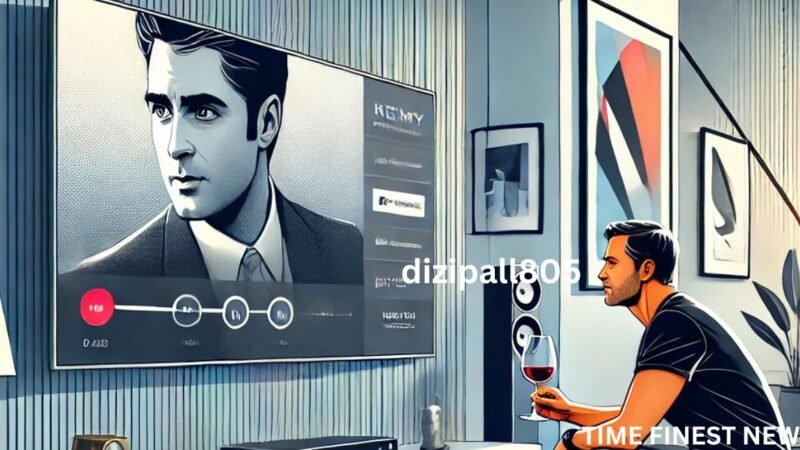Komik Artistry in ‘When I Returned Home After a Long Time, My Brother Had Done Something: a Comic Story’

When you open the pages of ‘When I Returned Home After a Long Time, My Brother Had Done Something: a Comic Story,’ it’s like stepping into a labyrinth of visual metaphors and artistic nuances.
The way the panels are composed and the characters depicted invite you to unravel a narrative web that is as intricate as it is compelling.
As you explore the Komik hisashiburi ni jikka ni kaettara otouto ga ts shiteta artistry, you’ll uncover how the storytelling techniques, character development, and cultural influences all blend seamlessly to create a rich tapestry of emotions and experiences.
The Artistic Style of ‘When I Returned Home After a Long Time
The artistic style of ‘When I Returned Home After a Long Time’ captivates readers with its vibrant colors and dynamic panel layouts, immersing them in the emotional journey of the characters. The use of bold, rich hues adds depth to the storytelling, evoking a range of emotions from nostalgia to heartache. The dynamic panel layouts create a sense of movement and fluidity, guiding the reader through the narrative with a captivating rhythm.
The attention to detail in the artwork brings the characters and their surroundings to life, allowing readers to fully immerse themselves in the story. The artist’s skillful use of shading and light enhances the visual experience, adding nuance and dimension to the scenes. Each frame is carefully crafted to convey the characters’ inner turmoil and external conflicts, drawing the reader deeper into the story.
The artistic style not only complements the narrative but also serves as a powerful storytelling tool in its own right, conveying emotions and subtext with striking visual impact. Overall, the artistic style of ‘When I Returned Home After a Long Time’ elevates the storytelling, making it a truly immersive and captivating reading experience.
Storytelling Techniques in the Comic
Immerse yourself in the narrative as the comic employs various storytelling techniques to convey the characters’ emotions and conflicts with compelling visual impact. Through the clever use of panel layout, the comic creates a sense of pacing and rhythm, drawing you deeper into the story. By varying the size and shape of the panels, the artist can control the flow of information, building tension and drama.
Additionally, the use of expressive character designs and dynamic body language brings the emotions of the characters to life, allowing you to empathize with their experiences.
Moreover, the comic utilizes effective use of color and shading to set the mood and tone of each scene. Vibrant colors may denote moments of joy and warmth, while darker, muted tones can convey a sense of foreboding or melancholy. This visual storytelling enhances the overall impact of the narrative, eliciting a deeper emotional response from you as the reader.
Furthermore, the incorporation of sound effects and onomatopoeia adds a layer of dynamism to the storytelling, immersing you in the action and heightening the sense of movement and intensity within the comic. These techniques collectively contribute to a rich and engaging storytelling experience, elevating the comic beyond mere dialogue and plot.
Character Development and Relationships
As you delve deeper into the comic, you’ll witness the characters’ growth and the intricate web of relationships that shape their experiences.
Each character undergoes a significant transformation throughout the story, evolving in response to the challenges they face. The protagonist, for example, begins as a reserved and introverted individual but gradually becomes more assertive and confident as they navigate through their personal journey.
This development isn’t isolated, as it also impacts the dynamics between the characters. The relationships portrayed in the comic are multi-layered, reflecting the complexities of real-life interactions. The sibling bond, for instance, evolves from one of misunderstanding and distance to a deeper, more supportive connection as the narrative unfolds.
Additionally, the interactions with secondary characters play a crucial role in shaping the main characters’ experiences and growth. These evolving relationships add depth to the storytelling, drawing you further into the characters’ lives and creating a more immersive reading experience.
Ultimately, the character development and relationships in the comic serve as a testament to the artist’s skill in crafting a rich and engaging narrative.
Symbolism and Visual Metaphors
Throughout the comic, visual metaphors and symbolism are skillfully incorporated to convey deeper layers of meaning and evoke emotional responses from the reader. The use of recurring symbols such as a wilting flower to represent the protagonist’s inner turmoil effectively conveys the sense of emotional decay and struggle. The visual metaphor of a tangled knot symbolizes the complexities and entanglements in the protagonist’s relationships, adding depth to the narrative.
Additionally, the strategic placement of shadows and light throughout the illustrations serves as a visual metaphor for the protagonist’s internal conflicts and the juxtaposition of hope and despair.
The use of color symbolism further enhances the storytelling, with warm hues representing moments of joy and connection, while cooler tones depict isolation and melancholy. The visual cues of a heavy downpour or a radiant sunrise subtly convey the character’s emotional journey, allowing readers to empathize with their experiences on a more profound level.
Themes Explored in the Komik
The intricate use of visual metaphors and symbolism in ‘When I Returned Home After a Long Time, My Brother Had Done Something: a Comic Story’ skillfully lays the groundwork for exploring the underlying themes within the komik. As you delve into the themes of this Komik hisashiburi ni jikka ni kaettara otouto ga ts shiteta, you’ll find that the following aspects are prominently explored:
- Family Dynamics: The komik delves deep into the complexities of familial relationships, portraying the nuances of sibling dynamics and the impact of familial bonds on individual identities.
- Personal Growth and Change: Through the characters’ journeys, the komik reflects on the themes of personal growth, change, and the challenges of adapting to new circumstances, highlighting the transformative nature of life experiences.
- Emotional Resilience: The komik subtly navigates themes of emotional resilience, resilience, and the human capacity to overcome adversity, portraying characters’ resilience in the face of challenges and hardships.
These themes are intricately woven into the narrative through the visual storytelling and serve to enrich the reader’s experience, prompting deeper contemplation and reflection on universal aspects of the human experience.
Impact of Visual Composition on Narrative
The visual composition in ‘When I Returned Home After a Long Time, My Brother Had Done Something: a Comic Story‘ dynamically amplifies the narrative, immersing you in a captivating blend of art and storytelling.
The strategic use of panel layout, size, and arrangement draws your attention to key moments, intensifying the emotional impact of the narrative.
For instance, the artist’s choice to break the boundaries of traditional panel structures creates a sense of urgency and chaos during pivotal scenes, effectively conveying the characters’ heightened emotions.
Additionally, the varying panel sizes guide your focus, directing the pace at which you absorb the story. This deliberate control over the visual flow enhances your connection to the characters and their experiences.
Moreover, the composition of each page contributes to the overall tone and atmosphere, whether through symmetrical layouts that evoke a sense of stability or asymmetrical designs that mirror the characters’ inner turmoil.
Ultimately, the visual composition serves as a powerful ally to the storytelling, enriching your reading experience and leaving a lasting impression.
Cultural Influence and Representation in the Comic
The dynamic visual composition in ‘When I Returned Home After a Long Time, My Brother Had Done Something: a Comic Story’ not only intensifies the narrative but also serves as a powerful vehicle for cultural influence and representation within the comic.
- Cultural Symbols: The comic incorporates culturally significant symbols, such as traditional clothing, food, and rituals, which enrich the storytelling and provide insights into the characters’ cultural backgrounds.
- Language and Communication: The use of language, including dialects, accents, and written text, reflects the diversity of cultures represented in the comic. This linguistic diversity adds depth to the characters and their interactions.
- Social Norms and Values: Through the characters’ behaviors, relationships, and societal interactions, the comic portrays cultural norms and values, offering a glimpse into the intricacies of different cultural contexts.
Frequently Asked Questions
What Is the Price of the Comic?
The price of the comic is $15. It’s worth every penny. Don’t judge a book by its cover. The story and art will captivate you. You won’t regret adding it to your collection.
Are There Any Plans for a Film Adaptation of the Comic?
Yes, there are plans for a film adaptation of the comic. The creators are excited to bring the story to the big screen and are currently in talks with production companies for the project.
How Long Did It Take the Author to Write and Illustrate the Comic?
It took the author a year to write and illustrate the comic. The process involved a lot of dedication and creativity. The final result was definitely worth the time and effort put into it.
Is There a Sequel or Continuation of the Story in the Works?
Excitedly awaiting the next chapter? You bet! The author is currently brewing up a sequel, chock-full of new adventures and surprises. Keep your eyes peeled for the upcoming continuation of the captivating story!
Can I Buy Merchandise Related to the Comic, Such as T-Shirts or Posters?
Yes, you can buy merchandise related to the comic. T-shirts, posters, and other items are available for purchase on the official website. Check it out to find cool stuff related to the story!
Conclusion
As you close the pages of ‘When I Returned Home After a Long Time’, the intricate artistry and storytelling techniques leave you both mesmerized and contemplative.
The visual metaphors and cultural influences will linger in your mind long after you finish reading, making you appreciate the depth and complexity of the Komik hisashiburi ni jikka ni kaettara otouto ga ts shiteta.
This comic has successfully woven together beauty and meaning, leaving a lasting impact on its readers.





